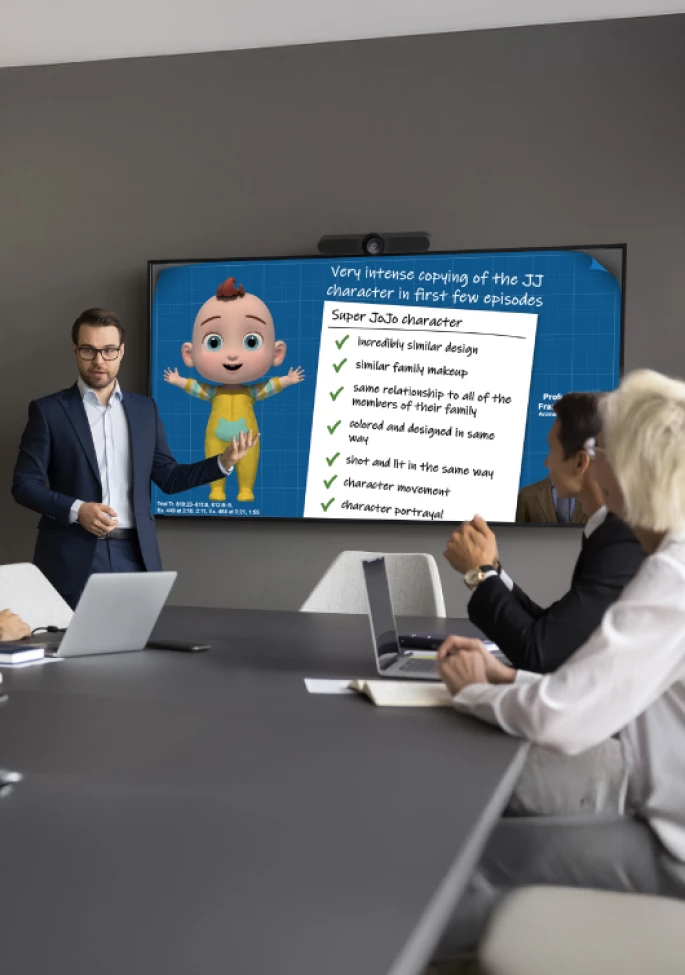It is not unusual to hear questions or comments similar to the following from a member of a trial team. “I get all this about ‘themes’ and, of course, we have them, but what do they have to do with all the evidence we need to get in and the witness testimony we have?”
Such questions often reflect an incomplete understanding of the true purpose of themes, which is to help jurors understand, remember and argue your case in deliberations. Of course, an essential part of an attorney’s job is to understand and successfully navigate the rules of evidence and plan for the examination and cross examination of witnesses, but those tasks are not separate from your key themes and case story. Rather, themes are essential vehicles and organizing tools to help communicate your case story to jurors so they can make sense of the evidence and testimony they will see and hear.
Think of them as signposts—phrases that direct jurors to your case arguments and story. They help jurors to understand how testimony from each witness fits into your case and to remember your main points so they can argue your case in deliberations. This means you have to specifically connect evidence and testimony to your themes so that jurors “get it.”
Courtroom Proceedings are Often Confusing for Jurors
Jurors too easily get lost during trials, unless they get some very intentional help to follow what is going on. Those of us who deal with trials and are in courtrooms all the time forget just how confusing the whole process and atmosphere can be to someone not familiar with them. Jurors hear a lot of talk about a lot of things, but often have no idea about the connections among them.
As an example, think about how most information comes in at trial. Once past openings, jurors first hear from one witness on one topic and then from another on what can seem like a totally different topic. Information doesn’t come in in any sort of chronological order or in a way that makes logical sense. Often the language jurors hear is far from what they are used to on an everyday basis.
Experts, in particular, use lots of jargon and big phrases hardly anyone understands or has even heard before. Explicitly tying testimony and pieces of evidence to easily understandable and repeatable themes helps jurors know how this testimony and this evidence fit into your case.
Use Key Themes to Show How Trial Evidence and Witness Testimony Relate
Below are some key tips to help jurors understand evidence and testimony:
Intentionally Tie Evidence to Your Themes
Explain to jurors how evidence relates to the key themes of your case so they can understand how it fits into your story. Every piece of evidence you introduce at trial has a purpose. You know what it is, but how are jurors supposed to know what that purpose is and how it relates to this case? How does it fit into your story?
If you are not intentional about making the connections for jurors, you are leaving to chance that they will make those same connections on their own. Left to their own devices, the connections jurors make may not be the ones you want them to make—or they will ignore them entirely. Be explicit. Be intentional.
Make Sure Your Witnesses Know (and Use) Their Themes
As we have said, themes help jurors connect what the witness is saying with the overall case story. Make sure your witnesses know the thematic framework of the case and what piece of the overall “puzzle” is theirs to deliver. Witnesses should each develop their own “themes” or message points and understand how their testimony fits into the overall case.
Not only can witnesses repeat these message points in direct examination, but they can also use themes as safe harbors on cross examination. These themes should be short, repeatable phrases that can be quickly used on cross examination—e.g., we conducted a thorough investigation; we followed the rules. Counsel can aid their witnesses by also using the key themes in their questions and by reinforcing how the testimony relates to those themes.
Use Graphics to Tie Evidence to Key Themes
Another way you can help jurors understand how evidence and testimony fit with your case and its themes is through your graphics. Using your key themes as slide titles and headings not only helps jurors figure out that evidence relates to a particular theme, it also visually reinforces your themes and sub-themes to help jurors remember them.
Conclusion
Helping jurors understand and assimilate your case story is paramount if you hope to convince them to support your case. Themes are the key vehicles for helping jurors understand how the evidence and testimony they hear support that case story.
Jurors are always going to develop a case story of “what happened here.” Your job as an attorney is to give them the tools to understand, remember, and argue that your explanation of what occurred is the right one. Our job as consultants is to help you develop the themes and essentials of your case story to clearly answer the “what happened?” question.
View this article on The National Law Review here: Case Themes for Trial Evidence and Witness Testimony (natlawreview.com)






